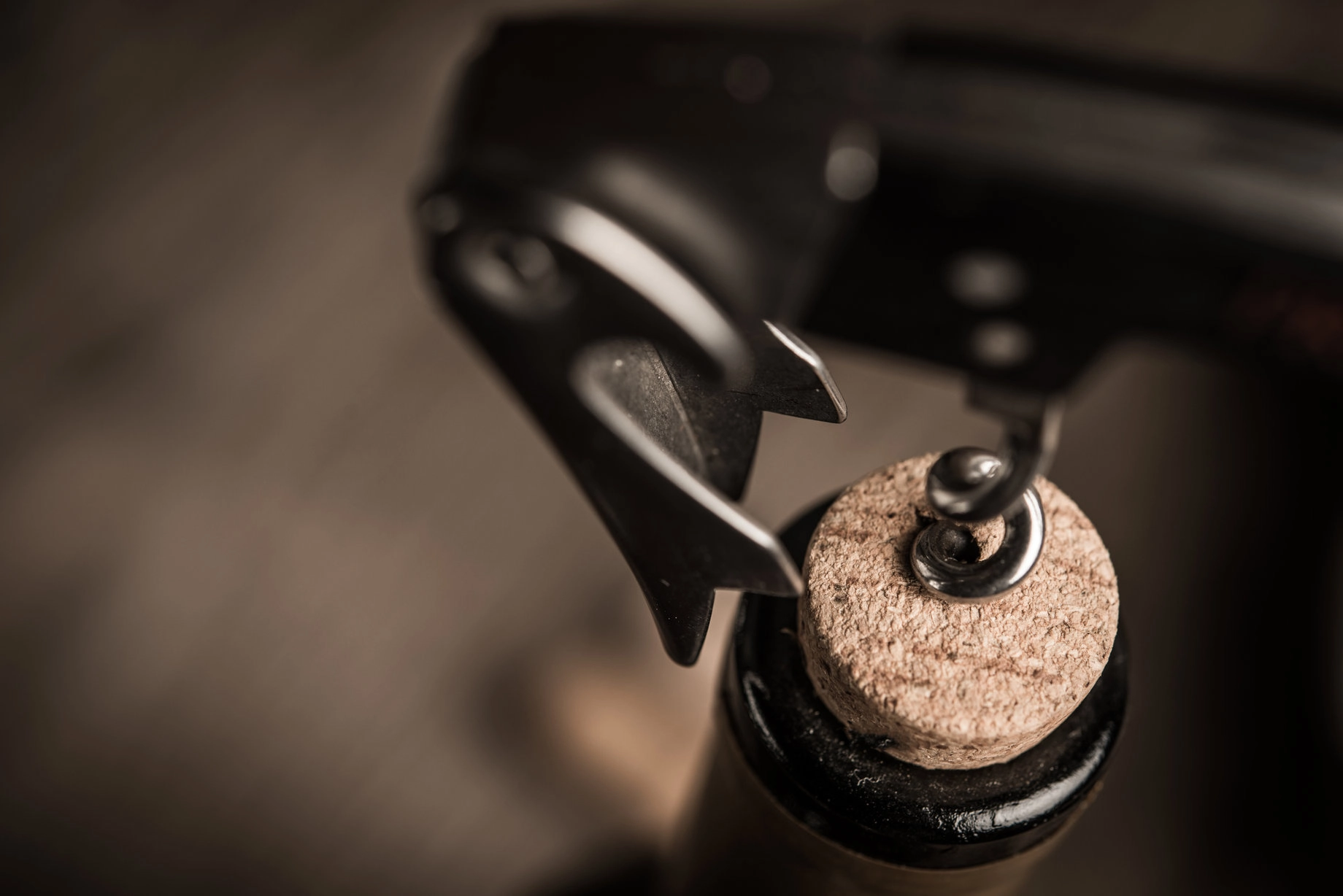I’m sure that you’ve enjoyed the ritual of uncorking a bottle of wine on more than one occasion, right? And the sound of uncorking a wine is intrinsically linked to its enjoyment.
I’m also sure that you know that cork plays a key role in conserving wine, but you may be surprised to learn how important its role really is. If you don’t believe me, keep reading…

When did we start using corks?
The story began in the 17th Century and I’m certain you recognise the name of our heroic lead, a monk named Dom Pierre Pérignon, who decided to try using cork as a substitute for the wooden stoppers that they used up until then. An apparently small change that caused a great revolution in the history of wine.
The function of cork
The principal role of cork is to help us preserve wine in perfect condition.
It is possible that as we are so familiar with the use of cork that it seems a simple task. But nothing could be further from the truth. Not just any material could do what cork does; moreover, there is no natural or artificial material that has managed to equal it.
The cork allows air to get through to the wine but once the wine is placed in a horizontal position it prevents the passage of oxygen. All this, without, of course, losing any of the liquid, and without having any affect whatsoever on its taste. In addition, it is easy to put in and take out.
A few facts about cork
Cork is a natural product that is made from the bark of the cork oak. Around nine years are needed for a cork tree to regrow the layer of cork that covers it, and the bark is not suitable for the production of bottle stoppers until it has been removed at least three times. This means that a cork oak will only start to produce material suitable for the production of corks when it is about 40 years ago. And it will continue doing so until it is about two centuries old.
As we have already explained, cork is an extraordinary material that has the ideal physical properties for preserving wine:
- It is porous
- It is impermeable to liquids and gases
- It is very light
- It is very elastic
- Its high level of compressibility is compatible with a high level of recuperation
- It is a thermal insulator
- It is odourless
- It rarely rots
Cork oaks proliferate in mild climates with lots of sunshine and humidity; conditions that can be found in some regions in the South of Spain and Portugal, the two leading countries in terms of worldwide cork production. And 85% of the Iberian Peninsula’s production is used, precisely, for the production of bottle corks. Not a lot at all then!
As if that weren’t enough, the extraction of cork is an environmentally friendly process as it has a minimal impact on nature. What’s more, it is a renewable and biodegradable material.
So you see, wine can ask no more of its faithful guardian.
Cork bottle stoppers
Corks are usually a cylindrical shape, although you have probably seen other shapes as well (for example, the mushroom shape characteristic of sparkling wine corks). The most commonly used cork is 24mm in diameter, which is compressed into a 18mm bottle neck. As you can imagine, in sparkling wines the cork is even more compressed, the reason behind the characteristic «popping» sound they make as they are uncorked.
When you open a bottle, you should pay attention to the cork’s condition: it shouldn’t be broken, cracked and only the surface that was in contact with the wine should be stained. Otherwise, alarm bells should start to ring.
You may also have seen experienced wine tasters smell the cork. The cork should smell of wine, «corky» or other strange smells are more warning signs that something has gone wrong.
The quality of the cork.
As with everything, there are corks of greater and lesser quality on the market: some that are made of one piece of cork and others that made of various pieces. Reserva wines always demand a superior quality cork. For young wines that will be consumed quickly, a standard quality cork is probably sufficient.
Are there alternatives to cork?
Not all bottles of wine are sealed under cork. Some are sealed with synthetic stoppers (common in young, un-oaked wines) and others with screw-caps, particularly in the New World. In fact, many debates take place between experts in different countries about the best way of storing wine.
For the moment, until a better alternative arises, it appears that in Spain we will continue to conserve better quality wines traditionally, with corks. As, for all the reasons we’ve explained, you will have worked out that, at the moment, there is nothing that can rival it. Long live cork!
